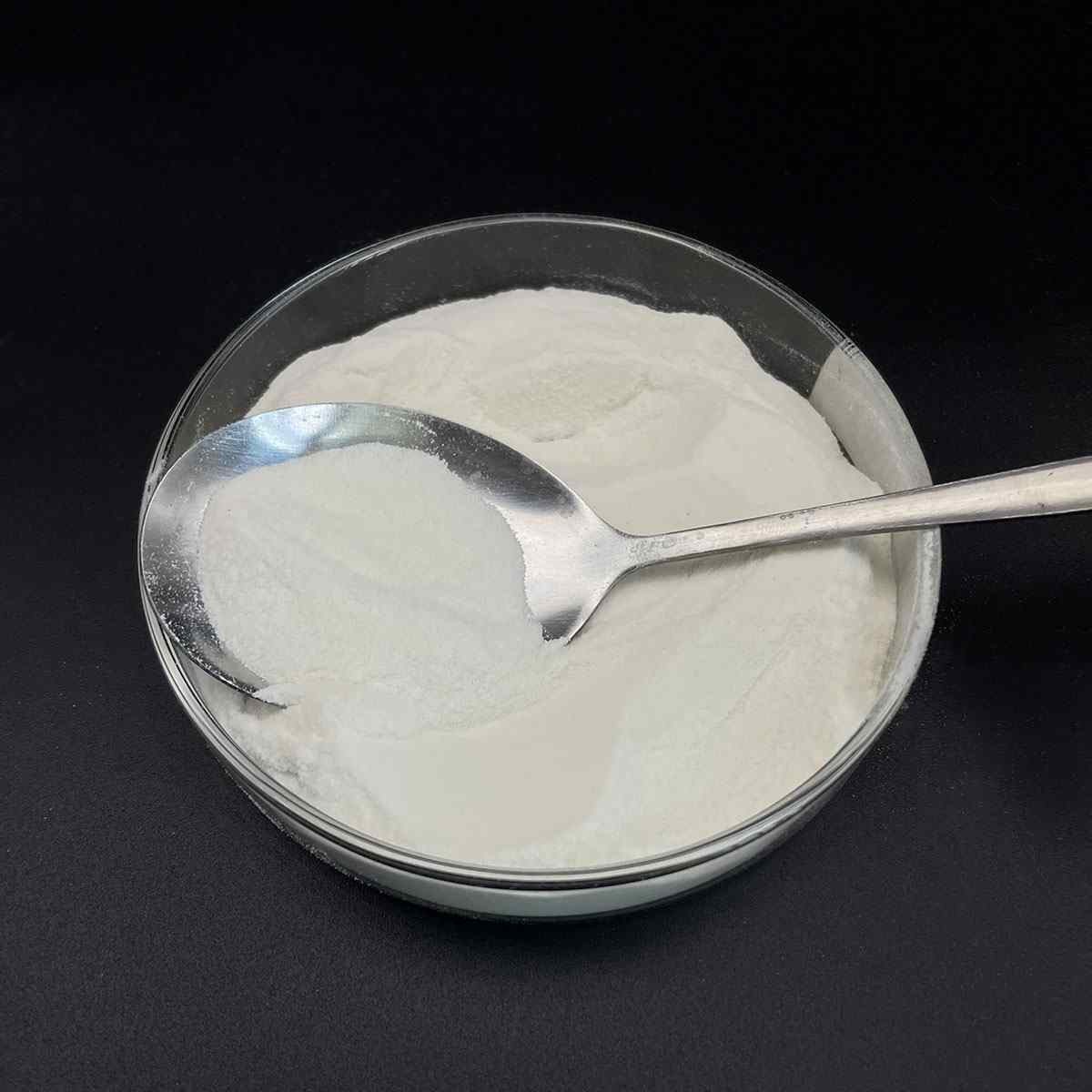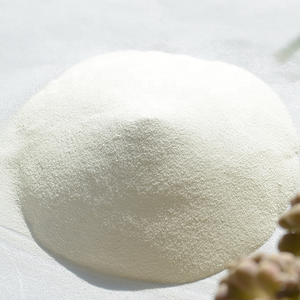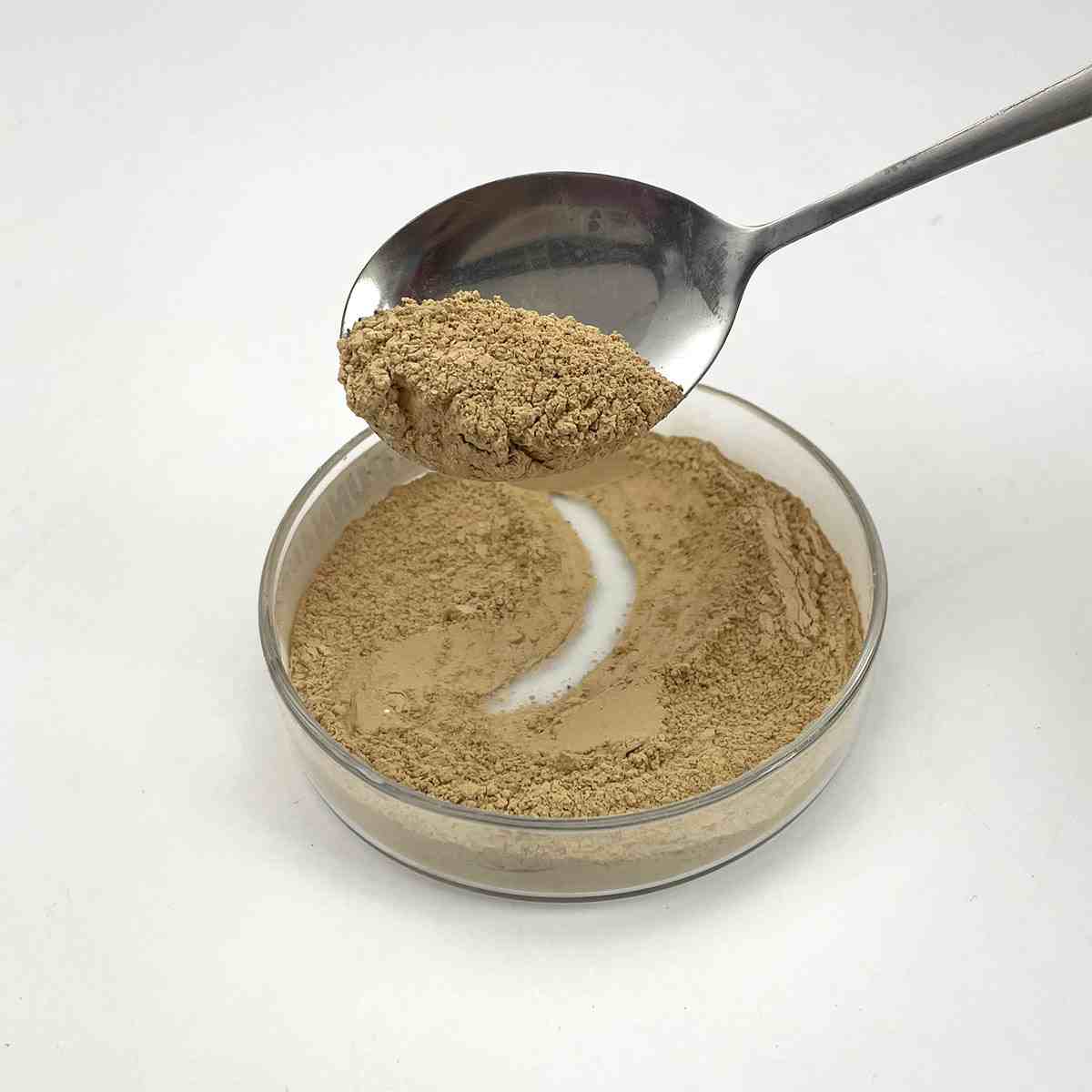1. Introduction
In the past 48 hours, a viral TikTok trend has reignited consumer concerns about sodium lauryl sulfate (SLS) after a popular skincare influencer shared before-and-after photos of skin irritation linked to SLS-containing shampoos. This has sparked widespread discussion about safer surfactant alternatives and how to reformulate everyday products without harsh sulfates.

If you’ve experienced dryness, redness, or itching from soaps, shampoos, or toothpastes, sodium lauryl sulfate might be the culprit. This guide walks you through practical steps to identify, avoid, or replace SLS with gentler options—whether you’re a DIY formulator, a conscious consumer, or just curious about what’s in your products.
2. Understand What Sodium Lauryl Sulfate Really Is
Sodium lauryl sulfate (also called sodium dodecyl sulfate, natrium lauryl sulfate, or na lauryl sulfate) is a powerful anionic surfactant. The meaning of surfactant? It’s a compound that lowers surface tension, helping water mix with oil and dirt so they rinse away easily. SLS is cheap, effective, and foamy—which is why it’s in everything from toothpaste to laundry detergent.
But its strength comes at a cost: SLS can strip natural oils, irritate sensitive skin, and disrupt the skin barrier. Don’t confuse it with sodium laureth sulfate (also called sodium lauryl ether sulfate or sodium lauryl ether sulphate)—a milder, ethoxylated version often labeled as SLES or sls sodium laureth sulfate. Despite similar names, they’re chemically different.
3. Step-by-Step: How to Identify SLS in Your Products
Check ingredient lists for any of these names:
- sodium lauryl sulfate
- sls sodium lauryl sulfate
- sodium dodecyl sulfate
- lauryl sulfate
- ammonium lauryl sulfate (or ammonium dodecyl sulfate)
Also watch for related sulfates like sodium laureth, laureth sulphate, sulphate laureth sulfate, or sls sulfate—these usually refer to SLES, not SLS, but may still cause issues for some people.
4. How to Replace SLS with Gentler Surfactants

If you’re making your own shampoo, body wash, or cleaner, swap SLS for milder alternatives. Focus on combining surfactant types for balance: anionic for cleansing, amphoteric for foam stability, and nonionic for mildness.
Here’s a simple replacement framework:
- Primary cleanser (anionic): Use sodium cocoyl isethionate, sodium lauroyl sarcosinate, or sodium coco sulfate instead of SLS.
- Foam booster (amphoteric): Add cocamidopropyl betaine (also called coco betaine, amidopropyl betaine, or coco amido propyl betaine).
- Mild co-surfactant (nonionic): Include decyl glucoside, coco glucoside, or alkyl polyglucoside.
Avoid mixing anionic and cationic surfactants directly—they can neutralize each other. Cationic surfactants like cetyl trimethyl ammonium bromide (CTAB) or cetyltrimethylammonium bromide are great for conditioners but don’t pair well with SLS-type cleansers.
5. Common Problems and Fixes When Avoiding SLS
Problem: Homemade products don’t lather well.
Solution: Combine sodium cocoyl glutamate (anionic) with cocamidopropyl betaine (amphoteric). This duo creates rich, stable foam without SLS.
Problem: Product feels too thin or watery.

Solution: Add a thickener like salt or use sodium lauroyl methyl isethionate, which naturally boosts viscosity.
Problem: Need a surfactant for herbicides or lawn care?
For agricultural use, SLS isn’t ideal. Instead, use a nonionic surfactant like polysorbate 80, Span80, or a lignin sulfonate-based wetting agent. These act as surfactant for weed killer or lawn wetting agent without harming grass. Methylated seed oil is another effective option for improving herbicide spread.
6. Where to Buy SLS Alternatives
If you’re sourcing ingredients, look for reputable suppliers like Rohit Surfactants Private Limited, which offers bio surfactants including decyl glucoside and sodium lauroyl sarcosinate. For lab or industrial use, you might also encounter sodium dodecylbenzene sulfonate or fluoro surfactant—but these aren’t suitable for personal care.
Note: While ‘sodium lauryl sulfate for sale’ is common online, always verify purity—especially if using in cosmetics. Avoid industrial-grade SLS, which may contain contaminants like copper 1 bromide or dodecyl alcohol residues.
7. Final Tips for Safe Use
Even if you keep using SLS-containing products, you can reduce irritation by:
- Rinsing thoroughly
- Following with a moisturizer
- Avoiding use on broken or sensitive skin
And remember: not all sulfates are bad. Sodium laureth sulfate (SLES) is generally milder than SLS, though concerns about 1,4-dioxane contamination (from ethoxylation) persist. Look for products labeled ‘1,4-dioxane-free’ if choosing SLES.
8. Conclusion
Replacing or avoiding sodium lauryl sulfate doesn’t mean sacrificing performance. With the right blend of amphoteric, anionic, and nonionic surfactants—like cocamidopropyl betaine, decyl glucoside, and sodium cocoyl isethionate—you can create effective, gentle formulas for skin, hair, or even your lawn. Always read labels, understand surfactant types, and patch-test new products to keep your routine safe and irritation-free.
Our Website founded on October 17, 2012, is a high-tech enterprise committed to the research and development, production, processing, sales and technical services of ceramic relative materials such as How. Our products includes but not limited to Boron Carbide Ceramic Products, Boron Nitride Ceramic Products, Silicon Carbide Ceramic Products, Silicon Nitride Ceramic Products, Zirconium Dioxide Ceramic Products, etc. If you are interested, please feel free to contact us.


